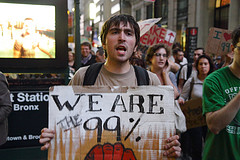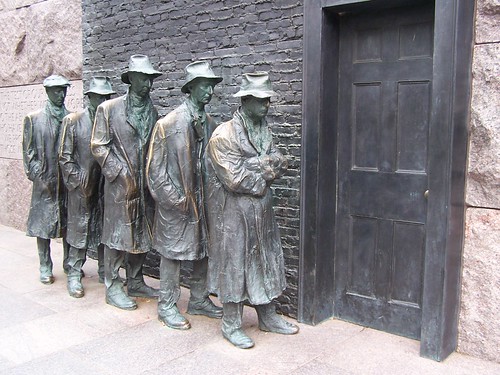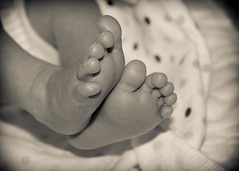
The concerns of unemployment—especially within the last few years—have even the college-educated uncertain about the value of their diploma. The Chronicle of Higher Education reports that a new article shows the type of knowledge and critical thinking skills acquired in college can have a dramatic effect on later employment success. The journal article, by Richard Arum, Josipa Roksa, and a few new additions to their team, is a followup to their influential, yet controversial, 2010 book Academically Adrift.
After spending last spring surveying a large sample of students they’d previously studied for their book, the researchers found stark differences in post-graduation success between those developed top-notch critical thinking skills and those who struggled on that measure. Students who scored in the bottom 20 percent on a critical thinking skills test were three times more likely than those who were in the top 20 percent to be unemployed (9.6 percent compared with 3.1 percent). Additionally, graduates who’d scored low on critical thinking were twice as likely to be living at home with their parents and significantly more likely to have amassed credit card debt (51 percent compared with 37 percent). According to the Chronicle, “The results that [Arum] and his colleagues found were so arresting, he said, that they chose to release them earlier than the follow-up book that they are planning to publish in the next year or two.”
Despite some criticisms about the initial book’s validity and methodology, Arum maintains the sharp differences in post-college achievement are worthy of attention. “That’s a dramatic, stunning finding,” said Mr. Arum, “What it suggests is that the general higher-order skills that the Council for Aid to Education assessment is tracking is something of significance, something real and meaningful.”









 A new study finds that it now costs approximately $60,000 a year for a family of four to survive in Philadelphia without government assistance, reports
A new study finds that it now costs approximately $60,000 a year for a family of four to survive in Philadelphia without government assistance, reports